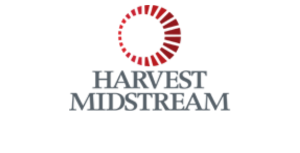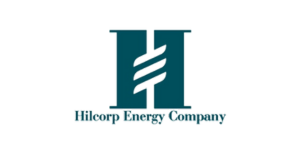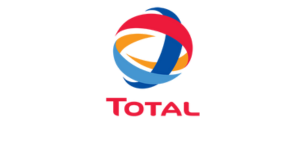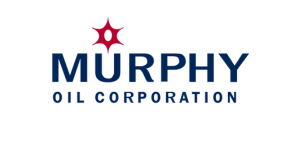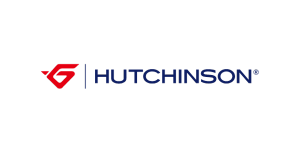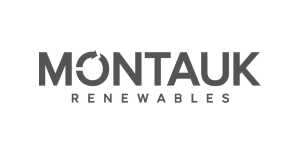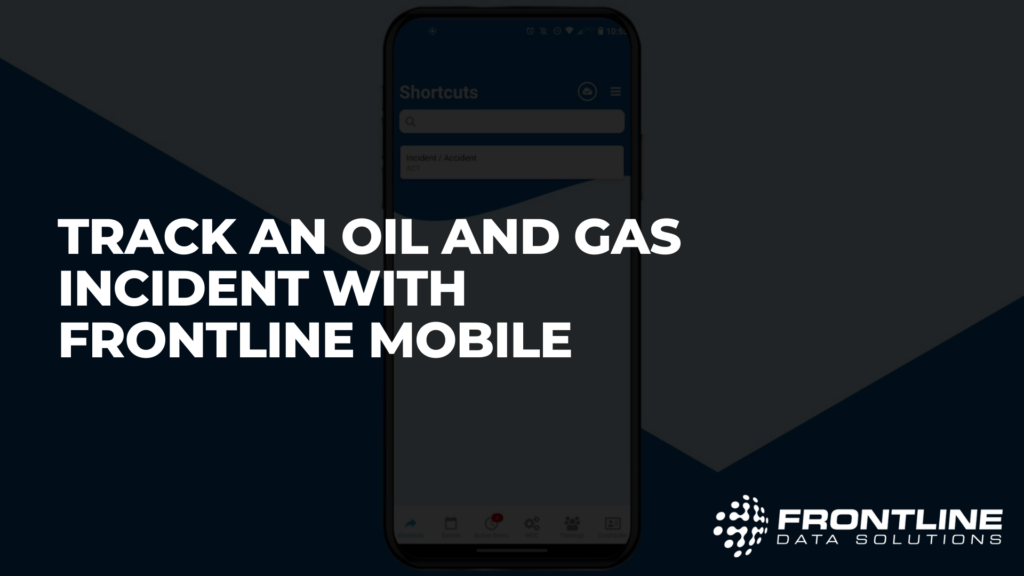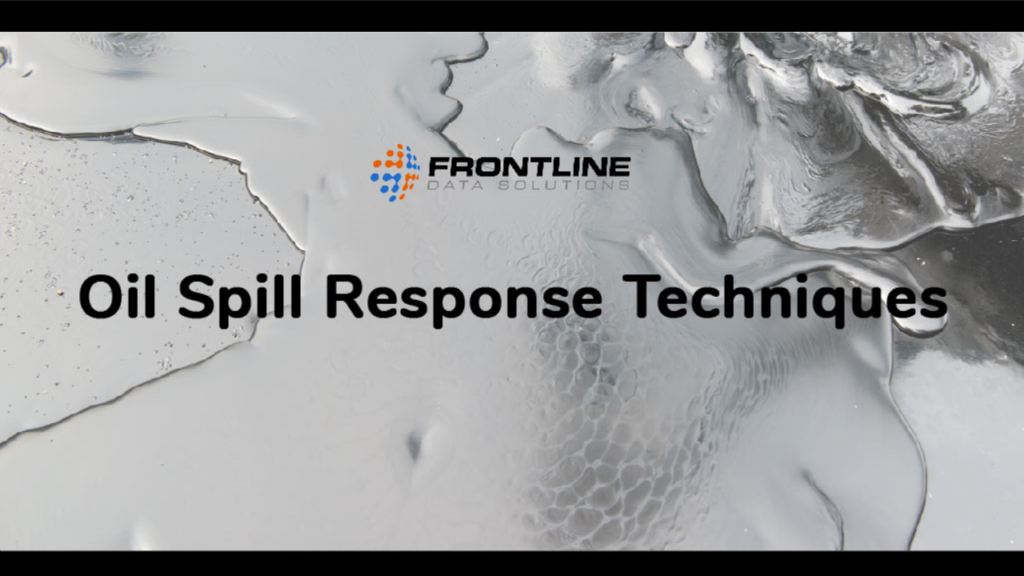Regulatory compliance in the oil and gas industry
For oil and gas service companies, regulatory compliance is a multi-faceted process that must be accurate. Often companies need to meet the standards from typically more than one governing agency.
A business may potentially identify the needed service of high-velocity lube oil flushing. This service could take place both onshore and offshore. Not wanting to turn away work, service companies typically accept contracts regardless of the location, and regulatory compliance becomes an afterthought.
The issue is that different regulatory agencies are responsible for separate but overlapping areas. When conducting business in multiple areas of interest, compliance must be met and maintained following each of these agencies.
Onshore regulatory compliance
While conducting operations onshore, oil and gas service companies are bound by the regulations of the Occupational Safety and Health Administration (OSHA).
Established under the Occupational Safety and Health Act by President Nixon on December 29, 1970, the agency’s mission is to provide a safe workplace by setting and enforcing standards that accomplish this goal.
A great deal of effort coincides with maintaining compliance. Programs must be established and require initial training. Re-training must also take place to maintain the proper level of understanding to ensure workplace safety.
OSHA needs to get notified when the service company experiences an incident through a specific series of channels and guidelines.
But what happens if the potential incident takes place offshore as opposed to onshore? In this case, another regulatory agency enters the stage.
Offshore regulatory compliance
Oil and gas service companies can provide services in North Dakota one day and a few days later, be dispatched to a Gulf of Mexico offshore platform.
The logistics and disbursement of crews and equipment can be challenging, but adding another regulatory agency with different standards and procedures only adds to that stress.
OSHA does not provide regulation for the Deepwater offshore world. More specifically, the Bureau of Safety and Environmental Enforcement (BSEE) steps in to fill that role.
Formed after the Deepwater Horizon incident of 2010, BSEE was established and tasked with providing continuous regulatory standardization and enhancement.
When working offshore, regulatory compliance demands companies follow the guidelines of Safety and Environmental Management Systems (SEMS).
SEMS four objectives:
1. Focus attention on the influences that human error and poor organization have on accidents.
2. Continuous improvement in the offshore industry’s safety and environmental records.
3. Encourage the use of performance-based operating practices.
4. Collaborate with industry in efforts that promote the public interests of offshore worker safety and environmental protection.

Managing the regulatory overlap
An interesting factor in maintaining regulatory compliance is that all governing agencies possess the same goal. They want to keep individuals safe in the workplace. The twist is that all these agencies require goal completion differently.
You can compare it to a road map scenario. The regulatory agencies take different roads to the same goal of no incidents or fatalities.
Additionally, many requirements of one agency are also required by the other, but in a different format.
Most industry service company clients mandate the use of contractor management database providers such as ISnetworld and Veriforce. These sites aid service providers in listing customer requirements that must be met to maintain regulatory compliance as dictated by the applicable agency.
For instance, a large offshore exploration and production companies working in the Gulf of Mexico would have different requirements to be met within the database management sites as opposed to a small outfit only operating in the Permian Basin.
Embracing regulations from the relevant agencies without creating repetitive work for specific areas will provide efficiency and a robust workforce.
This approach will allow for a more positive outcome on safety statistics as well as conserve time and save money.
Conclusion
A comprehensive, well-documented safety and compliance program is not just an aid in ensuring the company follows regulations. It directly contributes to successful operations, including favorable interactions with regulators, the ability to attract high-quality operators and personnel, and reduced costs from accidents or incidents.
By implementing digitizing operating procedures for identifying and anticipating problems Oil and Gas companies improve productivity and performance.

“Frontline’s products have excellent reporting tools, automatic email notifications and reminders, and they are user friendly for administrators and end users.”
Scott Paterson,
Manager – HSSE Assurance Program, Total
Oil and gas EHS resources
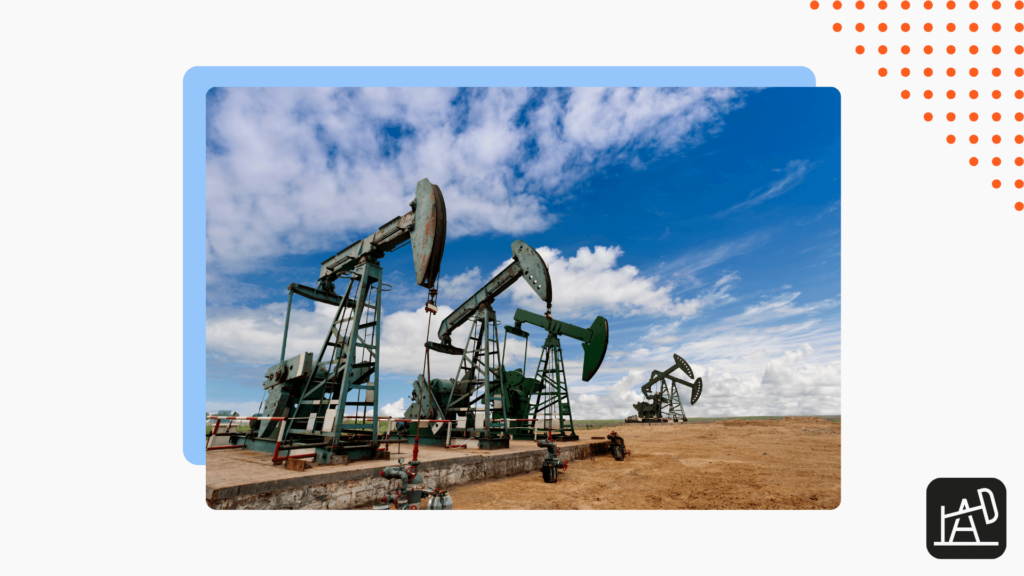
Documenting oil field accidents effectively and efficiently
In this post, we cover the best practices you should use to document accidents.

